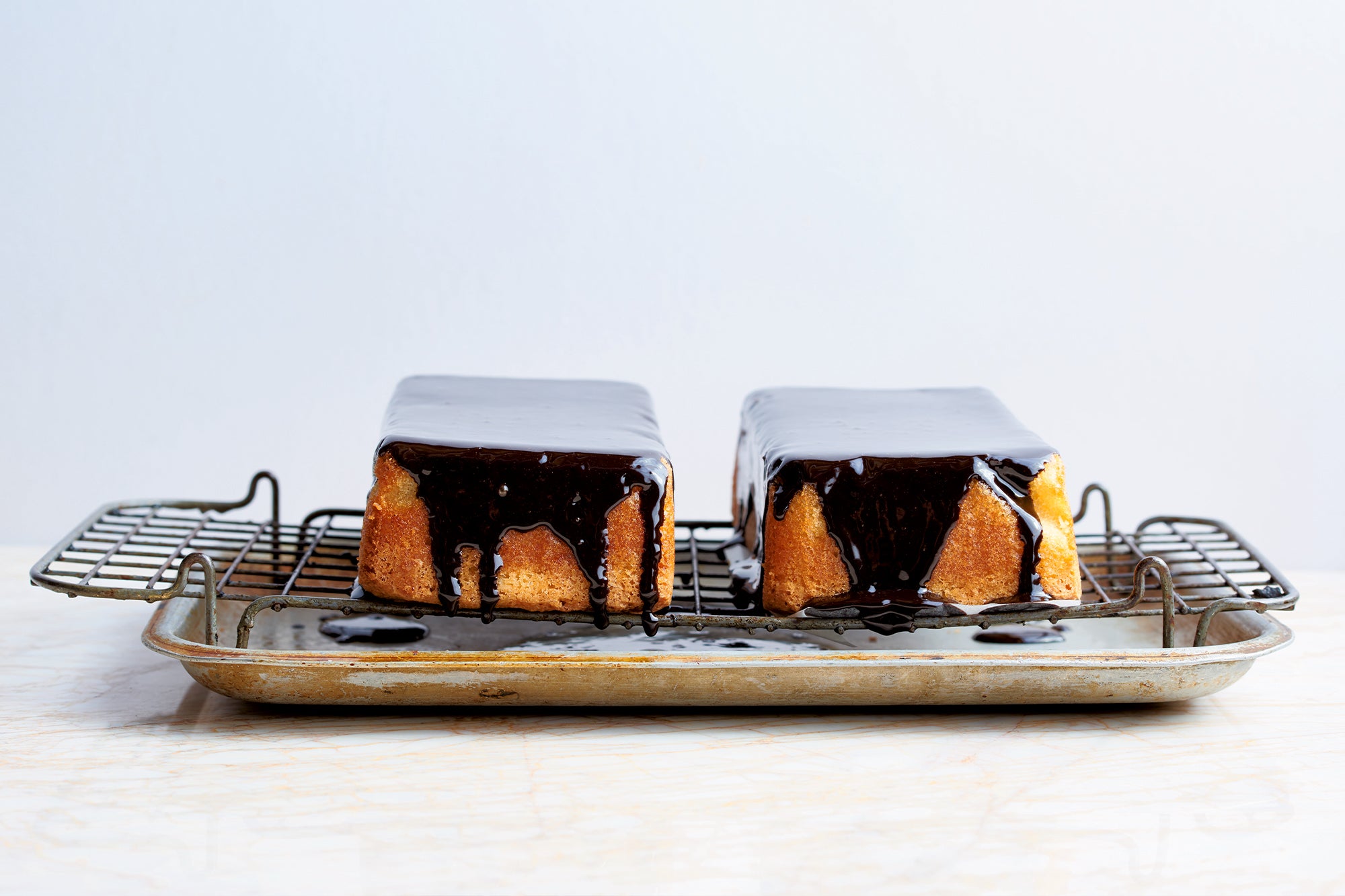Popular searches
Main menu
recipes menu
recipes
locations menu
locations
shop menu
shop
search
Popular searches
Xanthan gum quickly thickens any liquid it's added to. In the kitchen, that thickening reaction creates elasticity and fluffiness.
A thickening and stabilising agent made from bacteria that’s virtually tasteless.

In the world of food and household products, there's a silent workhorse, quietly improving everything from salad dressing to shampoo.
Xanthan gum is produced by tiny bacteria called Xanthomonas campestris. These bacteria consume a glucose solution from sources like corn, soy, dairy, or wheat, and transform it into a sticky substance known as xanthan gum. Discovered in the 1960s, it soon became popular in food production–especially in the US.
In gluten-free baking, xanthan gum helps bind starches, improve texture, and extend the shelf life of gluten-free products.

You'll often find it in sauces and bakes, diligently working to improve their texture, consistency, and longevity. In gluten free baking, It steps up when wheat flour steps out, ensuring that cakes have that coveted lightness and elasticity. To use it, you sprinkle the powdered form into your recipe and watch it dissolve.
Xanthan gum isn't just confined to cooking. You might be surprised to discover it lurking in your bathroom cabinet. Toothpaste, face creams, shampoos, and body lotions often count on xanthan gum to create the perfect consistency. It's the reason your shampoo flows smoothly and your face cream stays velvety. It's a master emulsifier and thickener, ensuring these products not only feel great but look good too.

“Chef, when would you use xanthan gum?”
Verena says she only uses xanthan gum when a bake rebels. In those bakes that aren’t quite holding together, xanthan gum can stabilise things.